How to Prepare Avocados
on Feb 07, 2024, Updated Feb 28, 2024
This post may contain affiliate links. Please read our disclosure policy.
Most of us love avocados, and think of them as more of a luxurious treat, rather than something to fill our Daily Recommended Allowance of healthy foods.
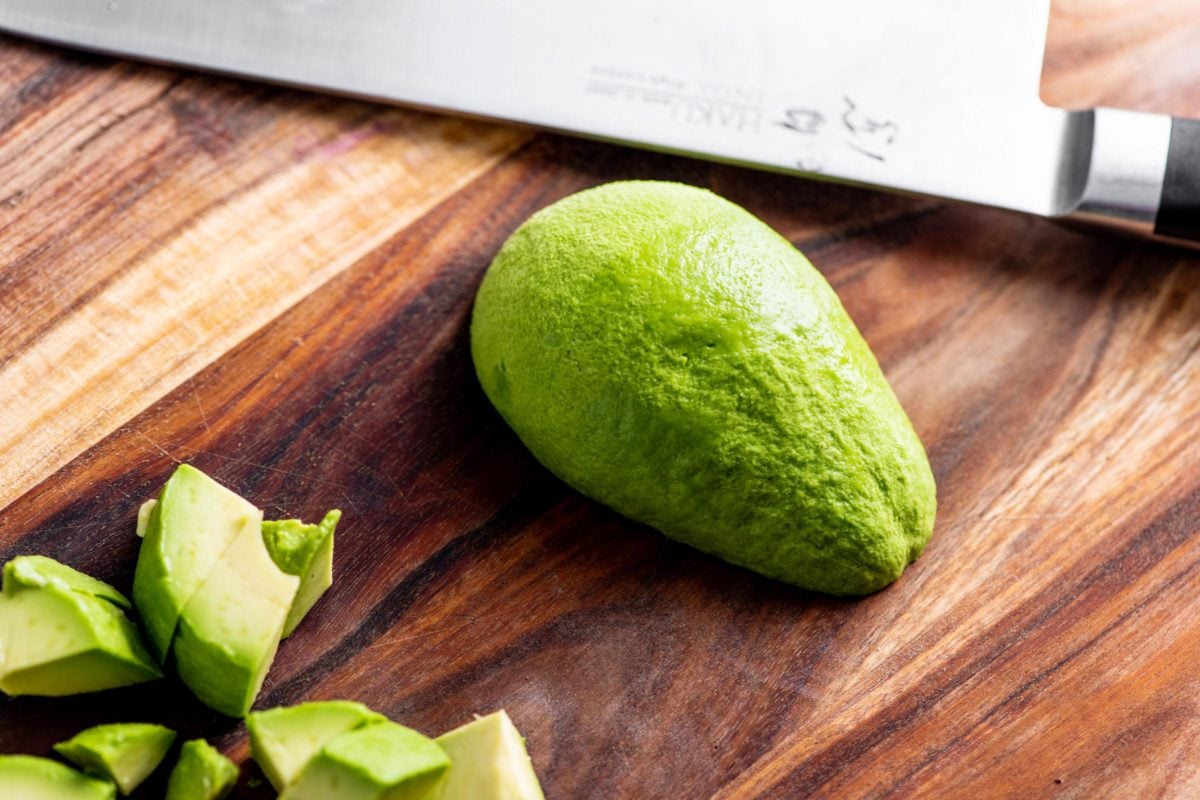
Avocados are one of the greatest fruits out there (you knew that avocados were a fruit, right?). Hardly a chore in terms of those daily servings of produce, though. Most of us love avocados and think of them as more of a luxurious treat rather than something to fill our Daily Recommended Allowance of healthy foods.
Here’s the scoop (ha, ha): Avocado is great on almost anything. From a simple California BLT to easy Guacamole, this creamy green veggie brightens so many uncooked dishes. I love adding it to salads — try my Avocado Salad with Creamy Miso Dressing, Salmon, Arugula, and Avocado Salad, or Sesame-Honey Quinoa and Carrot Salad with Sliced Avocado. It’s also the perfect topping for nachos, fish tacos, and Chicken Taco Salad. And, you can blend it into all kinds of creamy dressings, from Avocado Ranch Dressing to Creamy Avocado Dressing.
By signing up, you agree to our Privacy Policy.
What's In This Post?
- The Two Main Kinds of Avocados
- Where to Find Avocados
- How to Know If Your Avocado Is Ripe
- How to Speed Up the Ripening of An Avocado
- How to Prep Avocado
- How to Cut Avocado into Perfect Cubes or Slices
- How to Keep Cut Avocados From Turning Brown
- FAQs
- Avocado Recipes
- What to Serve With Avocado
- How to Prepare and Cut Avocados Recipe
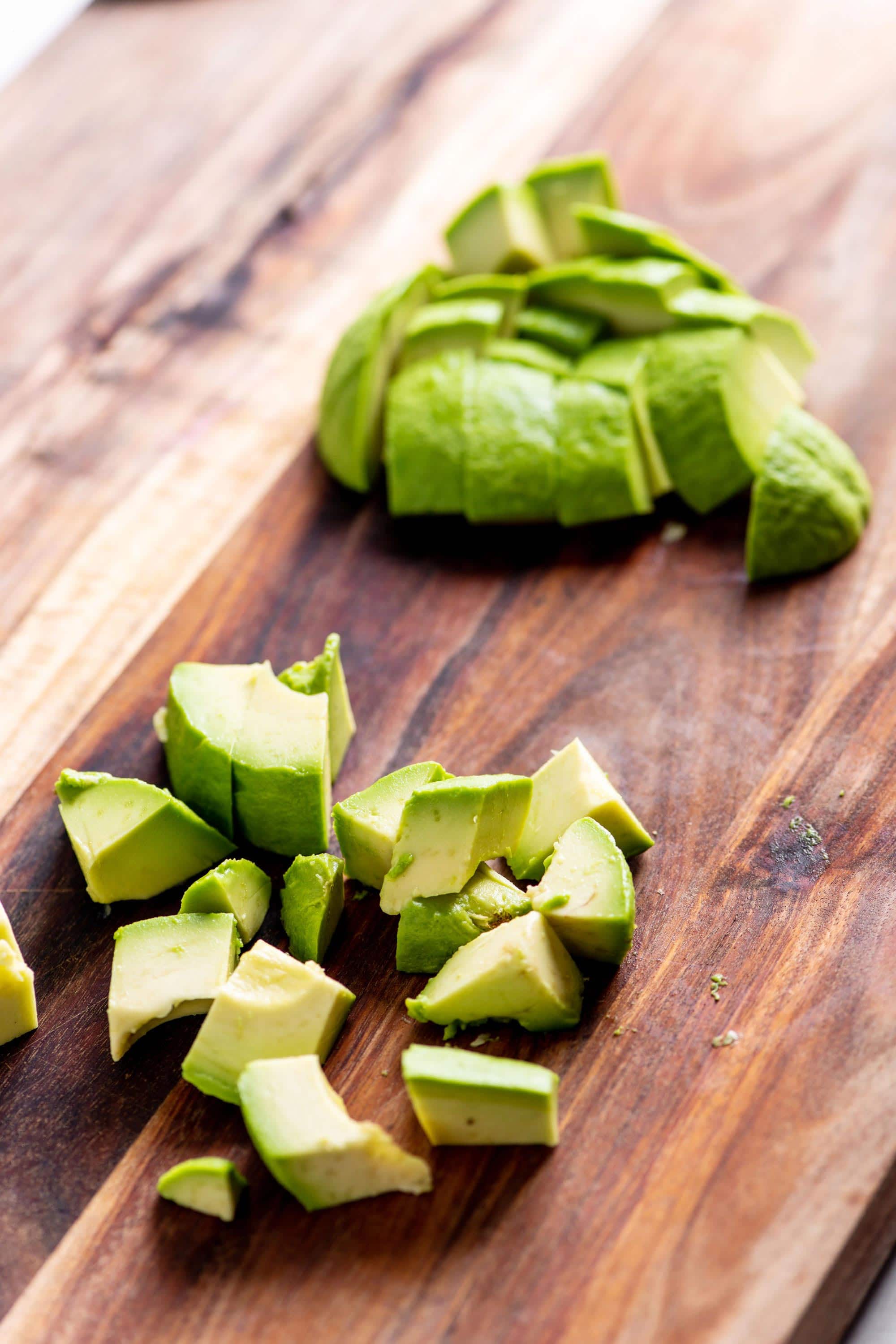
The Two Main Kinds of Avocados
There are actually hundreds of varieties of avocados, but there are two that we see most often in American supermarkets. At local farmers markets, you may get more choices — when you see avocados, definitely ask the farmer what type it is.
Hass avocados account for 95% of the annual crop in California, according to the California Avocado Commission — and California grows about 90% of the avocados in this country, so that’s a lot of Hass avocados. Hass avocados are also the primary crop of Mexico as well as California, which means they actually make up 80% of all of the avocados grown and eaten worldwide. The growing season for Hass avocados runs from Spring to Fall. Hass avocados are usually richer in flavor and creamier in texture. They are smaller in size, with a pebbly skin.
The Florida avocados (which make up a much smaller part of the avocado industry) are bigger, and the skin is often a very vivid green. It’s tempting to go for the bigger avocado, but often, the flesh is less dense and a little more watery, and the flavor is less intense and buttery.
Where to Find Avocados
The avocados we see in the supermarkets are mainly grown in Mexico, California, and Florida. Mexico is believed to be the birthplace of the avocado.
Buy your avocados from a good market with a high turnover, a good produce section, and one that will allow you to return bad avocados. (Yes, that’s a thing! They need to know if they are buying from growers or distributors that aren’t handling their fruit well consistently.)
How to Know If Your Avocado Is Ripe
I always recommend buying an extra avocado or two since it is a bit of a crapshoot to know how much of the avocados will be good. The first thing you are looking for when trying to figure out if your avocado is ripe is color. For Hass avocados, you want to look for a very dark, almost blackish-green bumpy skin, not a bright green color.
Next, you want the avocado to give a little when you press it, but not too much, just a sense that it’s yielding. Avoid bruised or loose skin, dark spots, or any signs of decay.
The above is also true for other varieties of avocados, including the larger ones grown in Florida. One good suggestion is to gently squeeze the whole avocado to see if it yields to pressure versus pressing directly into the fruit with your fingers, which can cause bruising.
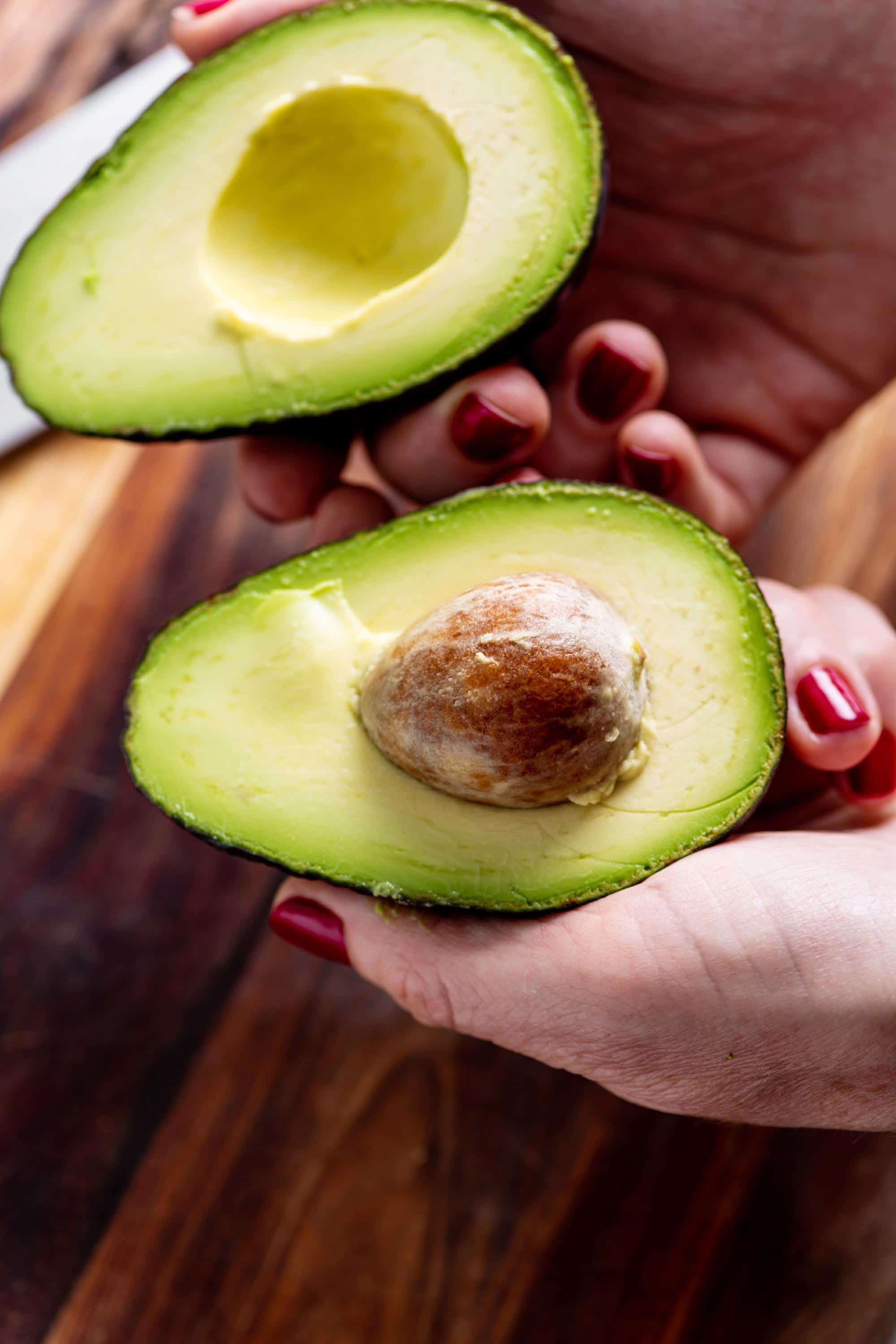
How to Speed Up the Ripening of An Avocado
Avocados should be ripened on the counter. Once your avocado is ripe, you can transfer it to the fridge to keep it from over-softening and give it a few more days of fresh shelf life.
To speed up the ripening of an avocado, place it in a brown paper bag and fold over the top. To help it ripen even faster, add a banana, an apple, or a kiwi to the bag with the avocados. The more of these additional fruits you add, the faster the ripening will go. These other fruits release ethylene, a natural gas that helps the avocados ripen faster.
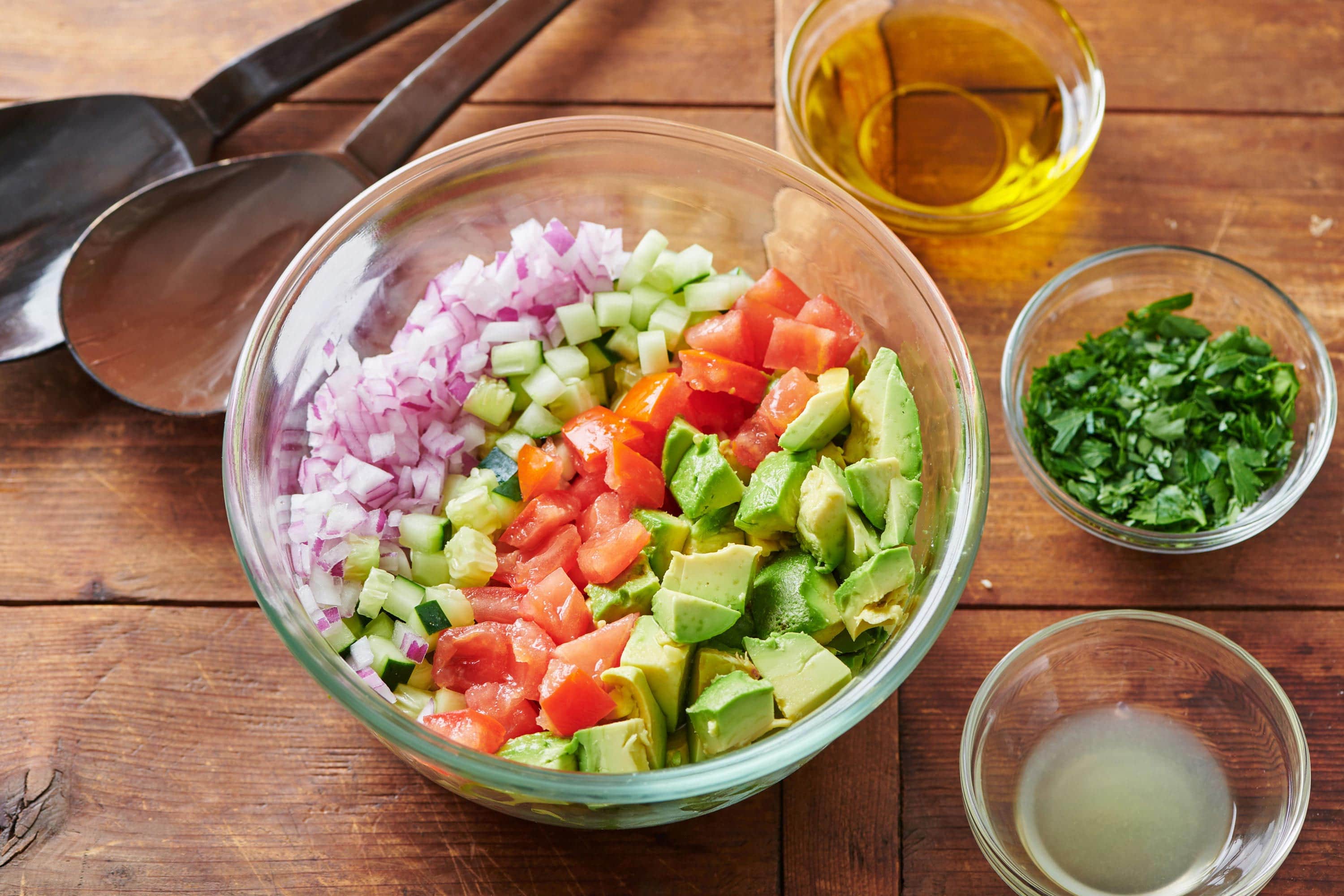
How to Ripen an Avocado in the Microwave
People try this technique with mixed results, but if you’re desperate, give it a go! You are actually cooking the flesh slightly by warming it, which isn’t actually ripening, so you won’t get the same rich buttery flavor you would from the natural ripening process. And in fact, some people feel like cooking the avocado lessens the flavor. But again, desperate times call for trying new things.
Just cut the avocado in half, twist to separate the halves, and remove the pit. Place the avocado halves cut side down on a microwave-safe plate and heat for 30 to 45 seconds in the microwave. When it has warmed and softened, use however you like.
How to Ripen an Avocado in the Oven
Again, this is really a way to warm and soften an avocado…not to ripen it. But if you need a softer avocado, just preheat the oven to 200 degrees, wrap a whole avocado in aluminum foil, and heat for 10 minutes to start, checking it every 5 minutes after that to see when it becomes slightly soft. Cool and cut as desired.
And learn even more about avocado ripening from California Avocado! Scroll down for the 5 stages of avocado ripening.
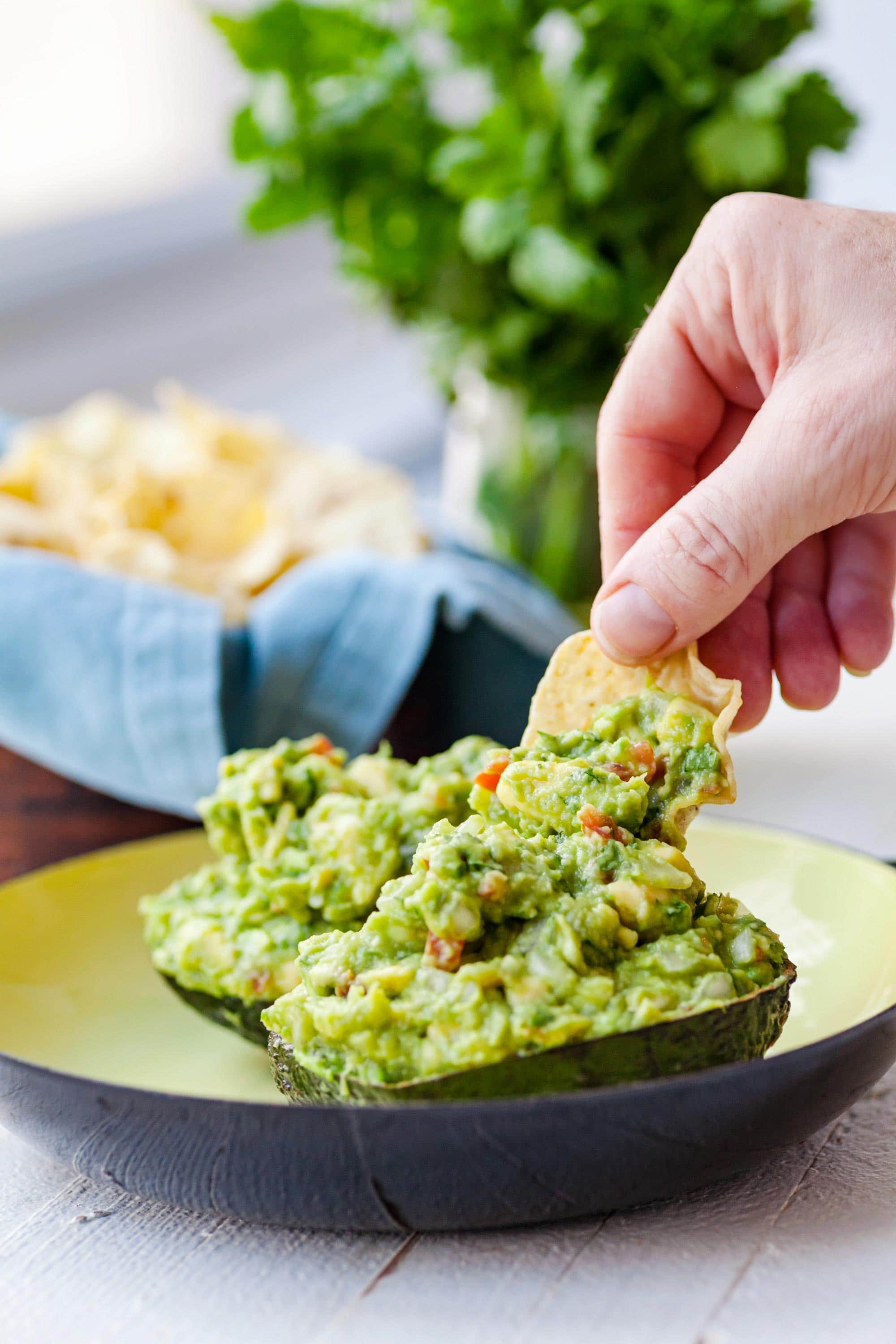
How to Prep Avocado
- Cut the avocado in half: Hold the avocado in your non-dominant hand. Use your dominant hand and a very sharp knife to cut the avocado in half. Usually, one does this lengthwise, across the stem and bottom. Twist the avocado to separate the two halves.
- Either scoop out the pit: Scoop the pit out with a spoon. Sure, you may lose a little bit of the flesh. So what? The pit is out, you are safe, and you have an avocado ready to eat. (There are two ways to do this, and if you don’t feel super confident with a sharp, heavy knife, stick to the first one! No shame! No ego! No injury!)
- Or twist it out with a knife: Now, if you are feeling like a boss (with the safe knife skills to back up your boss-ness), you can twist out the pit with a knife. Hold the avocado in your non-dominant hand. Hold a knife in your dominant hand. With full concentration and focus, decisively thwack the blade of the knife into the middle of the pit. When it is wedged in there, turn the knife so that the pit twists in the avocado flesh and pulls out. Remove the pit from the knife and toss. (Or grow an avocado plant. That’s also a cool next step. Which I have been meaning to do.)
How to Cut Avocado into Perfect Cubes or Slices
Ok, you have two avocado halves waiting for action! If you don’t need perfect cubes (e.g. you are making guacamole, avocado dip, or avocado toast), you can just use a spoon to scoop out the avocado and use it however you like.
Or you can cut avocado in these two ways:
How to Slice Avocado in its Shell
Use a knife to cut through the avocado in both directions in the avocado shell, all the way down to the skin, so that inside the shell you have cubed avocado. You can then scoop out the cubes with a spoon (which can make them a little messy) or carefully peel off the skin so that the flesh is on its own and falls apart into the cubes. This works better for cubes than slices.
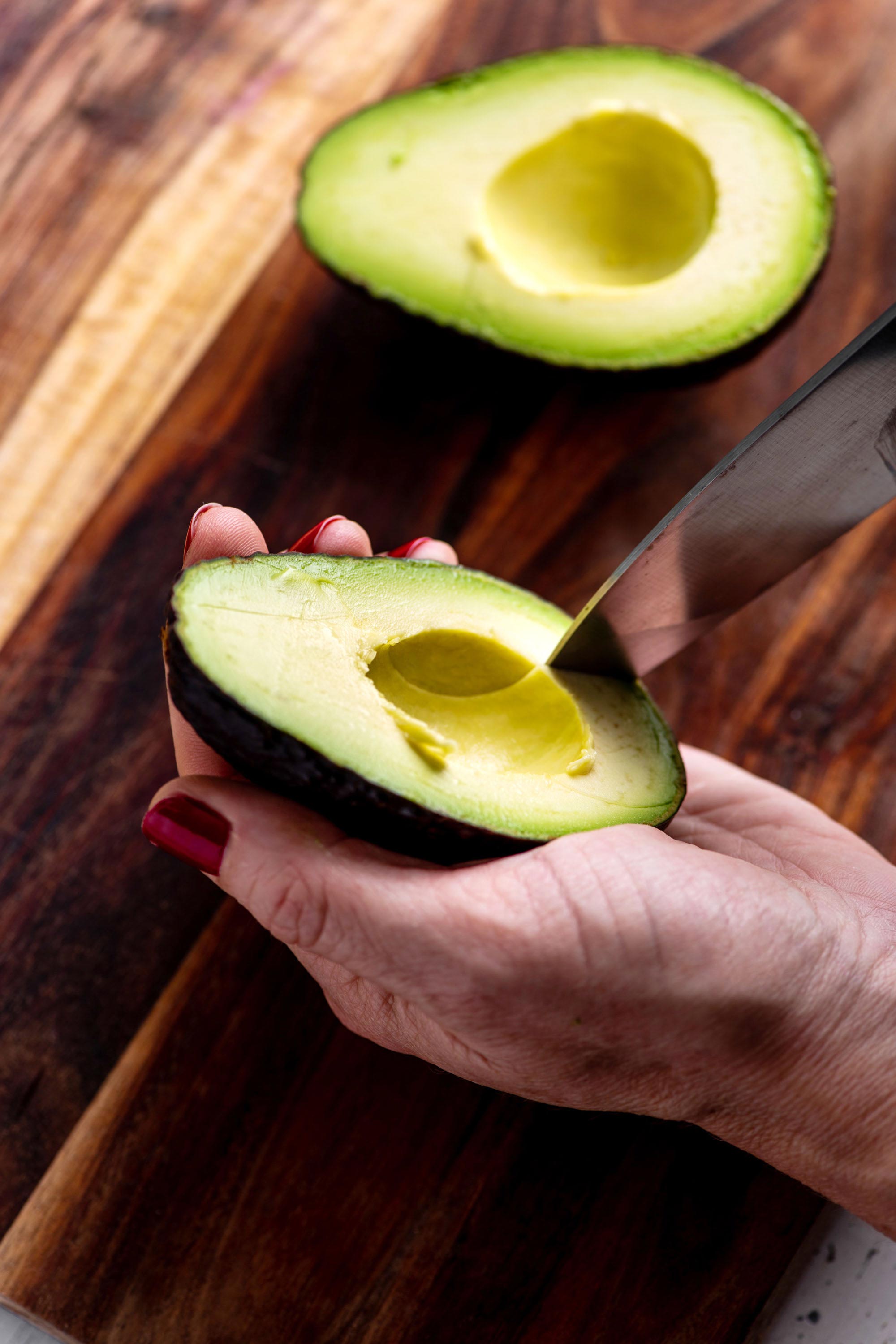
How to Slice Avocado on a Cutting Board
Or, for the neatest cubes or slices, turn the halves flesh side down, skin side up on a cutting board. Gently and carefully peel off the skin. You may have to do this in pieces, breaking off the hard skin so that the avocado half stays clean and smooth. Use a knife to cut the avocado flesh into slices or cubes right on the cutting board, whatever size your recipe calls for.
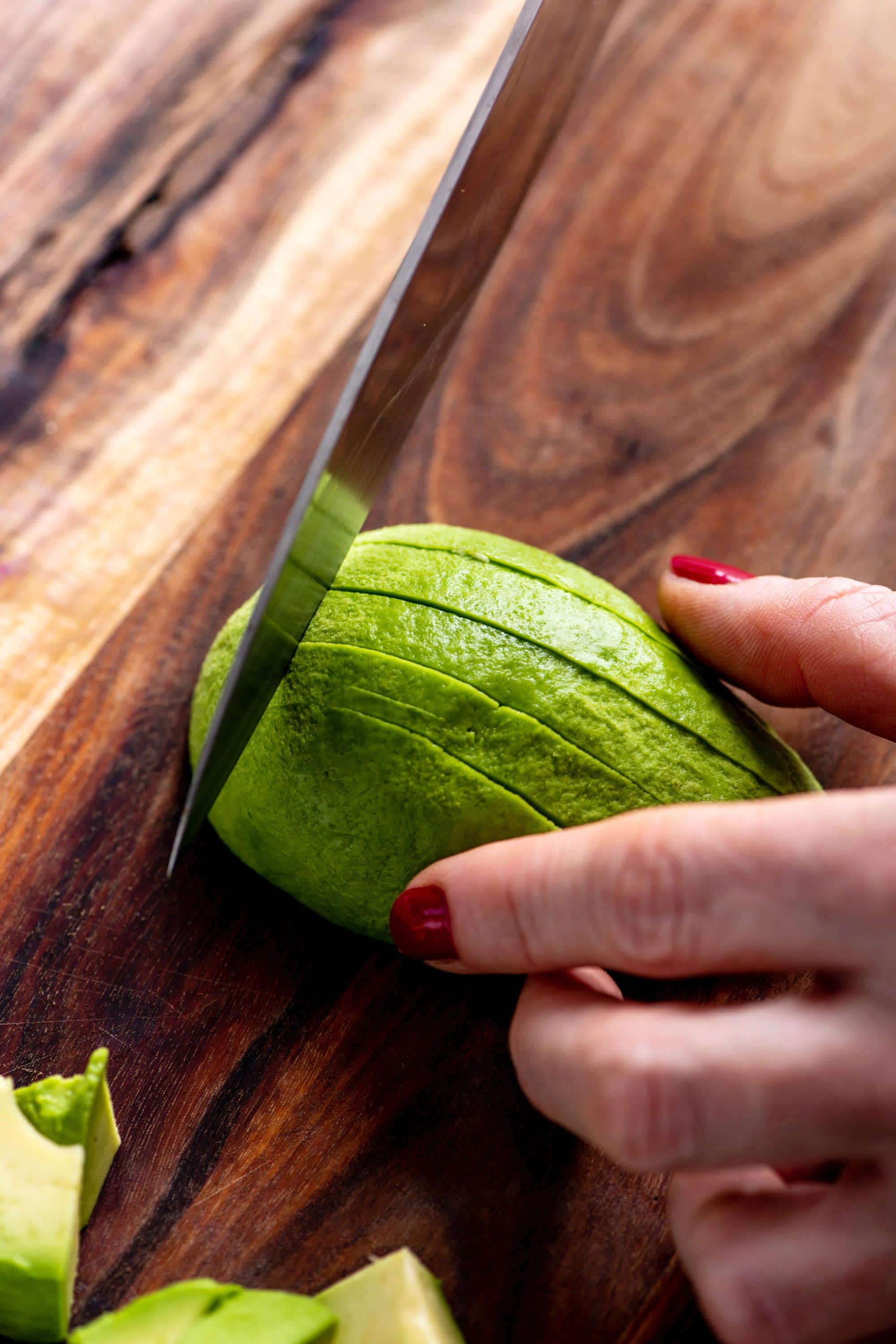
How to Keep Cut Avocados From Turning Brown
There is an enzyme in avocados that causes the flesh to turn brown when exposed to air, and pretty darn quickly, as anyone who eats avocados regularly can tell you. But sometimes you don’t need to use the whole avocado, so how to keep it for another time without it turning brown? First of all, only cut up as much of the avocado as you are planning to use, and leave the other part whole and in the shell with the pit still inside.
Then you can do one of the following:
- Wrap the avocado in plastic wrap, making sure to press the plastic directly on the exposed avocado flesh. You can keep this on the counter for a day or in the fridge for about 2 or 3 days.
- Place some chopped onions in a small container (like a pint container from the deli), and then place the avocado cut side up on the onions. Cover the container with a lid, and again store at room temp for a day, or refrigerate for a few days.
- Brush the exposed avocado flesh with either olive oil or lemon or lime juice. The oil will seal the flesh, and the citrus juice will prevent browning because of the acids it contains.
- Blanch the whole peeled fruit before using.
FAQs
There’s not much you can do but cut them out and use whatever nice green parts are left. Bad spots can be caused by poor handling or prolonged exposure to cold temperatures.
Yes! In fact, according to the Avocados from Mexico Commission, they are actually a berry!
Avocados are quite good for you! They contain monosaturated and polyunsaturated fats, which are the “good fats” with health benefits. Avocados are high in fiber and have lots of vitamins and minerals. They are cholesterol-free and contain no sodium. 1/3 of a medium Hass avocado has about 80 calories and 8 grams of total fat.
Well, I don’t know if I would go so far as to say that, but Hass is certainly the most popular type of avocado! 80% of the world’s avocados are Hass avocados. Their larger cousins from Florida are bigger, so if you’re looking for more bang for your buck, go towards those Floridian avocados. But Hass avocados are great in that they’re creamy, buttery, and easily available.
Yellow-ish avocados are likely just a little overripe. They will still taste okay, but avoid eating any areas that are too smushy to taste good or have brown spots.
Avocado Recipes
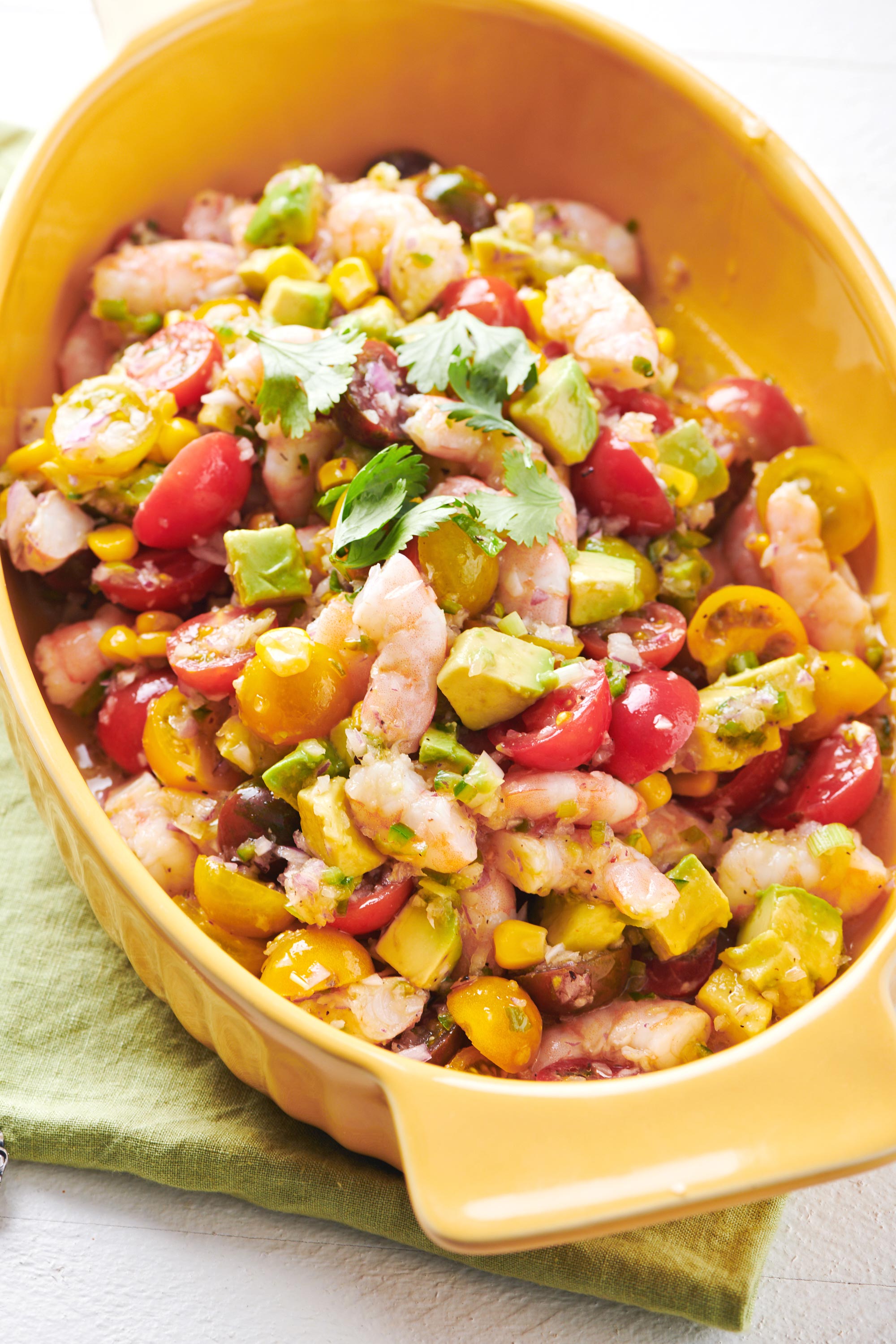
What to Serve With Avocado
Pin this now to find it later
Pin It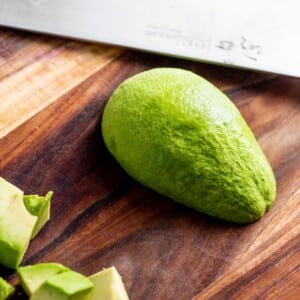
How to Prepare and Cut Avocados
Video
Instructions
- Hold the avocado in your non-dominant hand. Use your dominant hand and a very sharp knife to cut the avocado in half. Usually one does this lengthwise, across the stem and bottom. Twist the avocado to separate the two halves.
- Either scoop out the pit with a spoon, or twist it out with a knife. To twist it out, if you are feeling like a boss (with the safe knife skills to back up your boss-ness), you can twist out the pit with a knife (click here for the video!). Hold the avocado in your non-dominant hand. Hold a knife in your dominant hand. With full concentration and focus, decisively thwack the blade of the knife into the middle of the pit. When it is wedged in there, turn the knife so that the pit twists in the avocado flesh and pulls out. Remove the pit from the knife and toss.
- Slice or cube the avocado as deisred. If you are not using the avocado immediately, coat the avocado with olive oil or lemon or lime juice.
Notes
- Wrap the avocado in plastic wrap, making sure to press the plastic directly on the exposed avocado flesh. You can keep this on the counter for a day or in the fridge for about 2 or 3 days.
- Place some chopped onions in a small container (like a pint container from the deli), and then place the avocado cut side up on the onions. Cover the container with a lid, and again store at room temp for a day, or refrigerate for a few days.
- Brush the exposed avocado flesh with either olive oil or lemon or lime juice. The oil will seal the flesh, and the citrus juice will prevent browning because of the acids it contains.
- Blanch the whole peeled fruit before using.
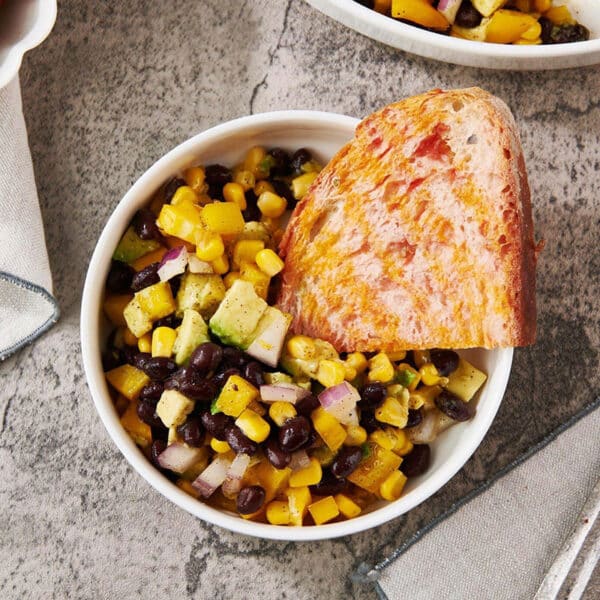
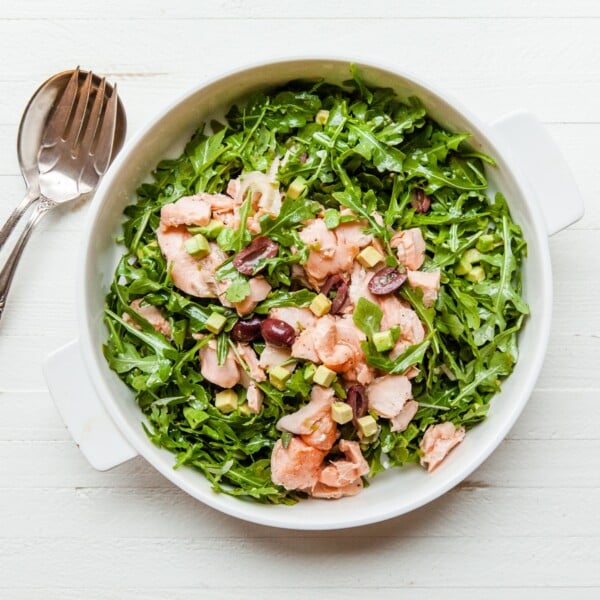
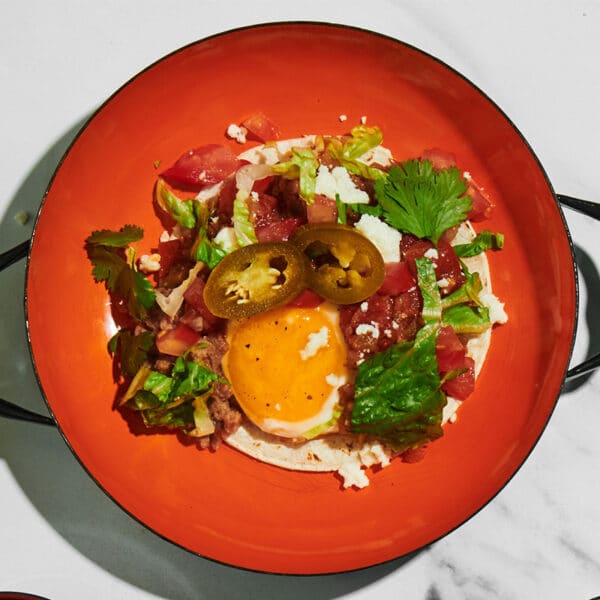
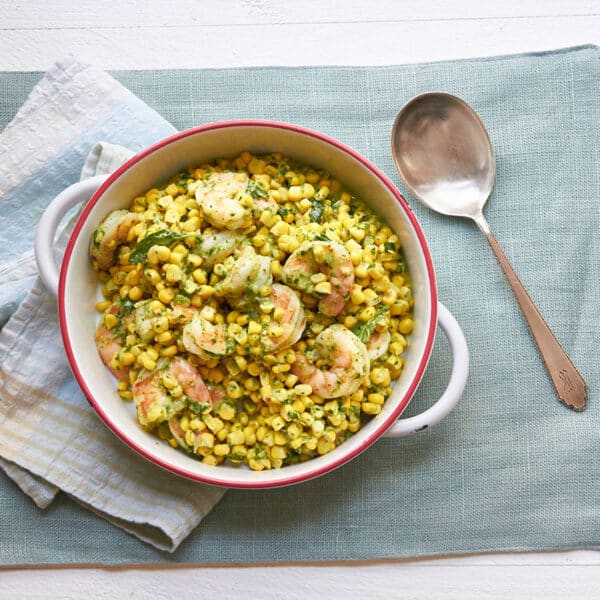
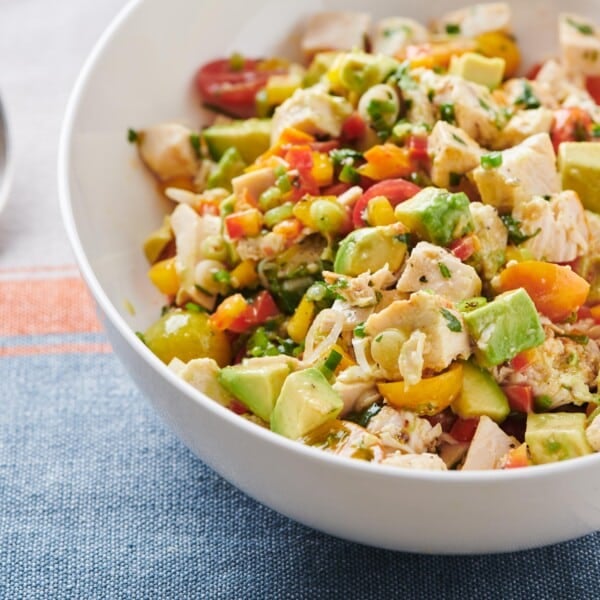
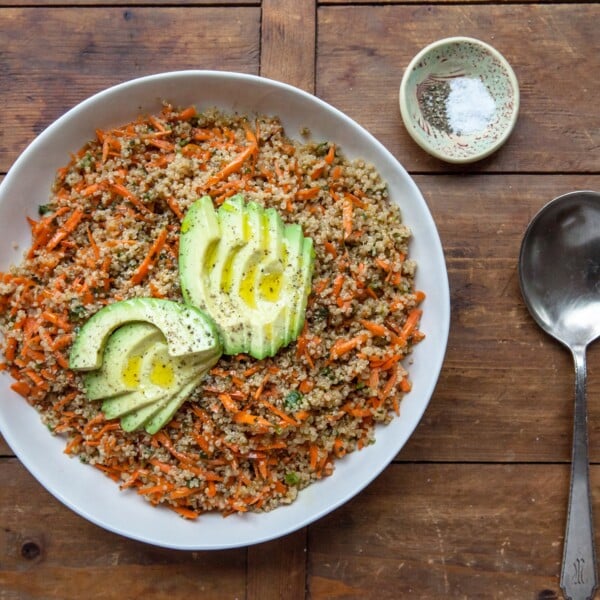
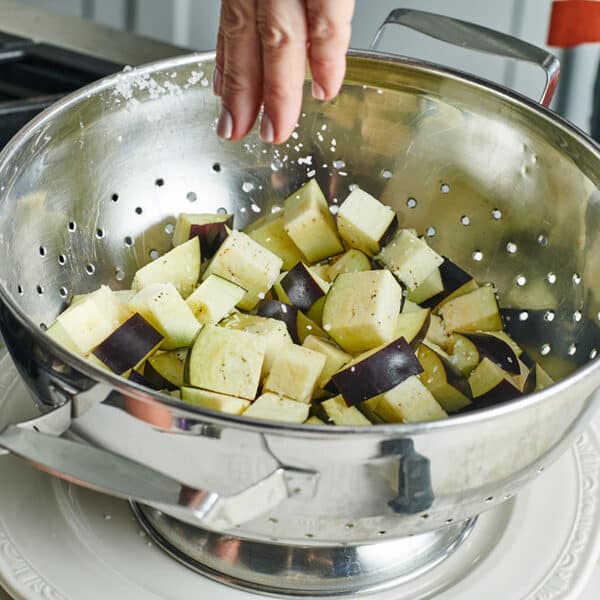
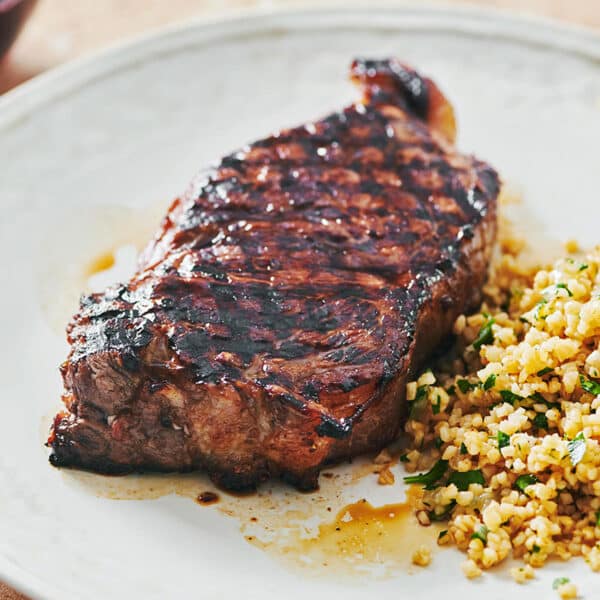

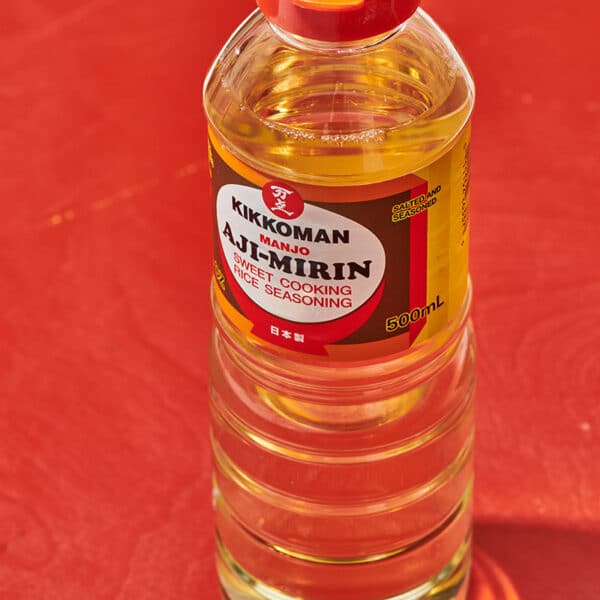









I understand adds are how you make extra money but when I try to read something there are more than 6 adds with some adds showing more than once. Also this talks about a new cookbook but only shows the same 2 cookbooks that I have. I do like the fact that someone finally help couples and, like me, singles with recipes or us instead of a family of 4 and up.
Thanks. Now if I just knew what the new cookbook looks like I would probably purchase one.
I’m working on the ad frequency – thanks for letting me know. And yes, cooking for two is a big need for lots of people – at some point I’ll be there, and sounds like a good possibility for book #3! not sure where you saw anything about a new book in this post, but I’m definitely thinking on it!